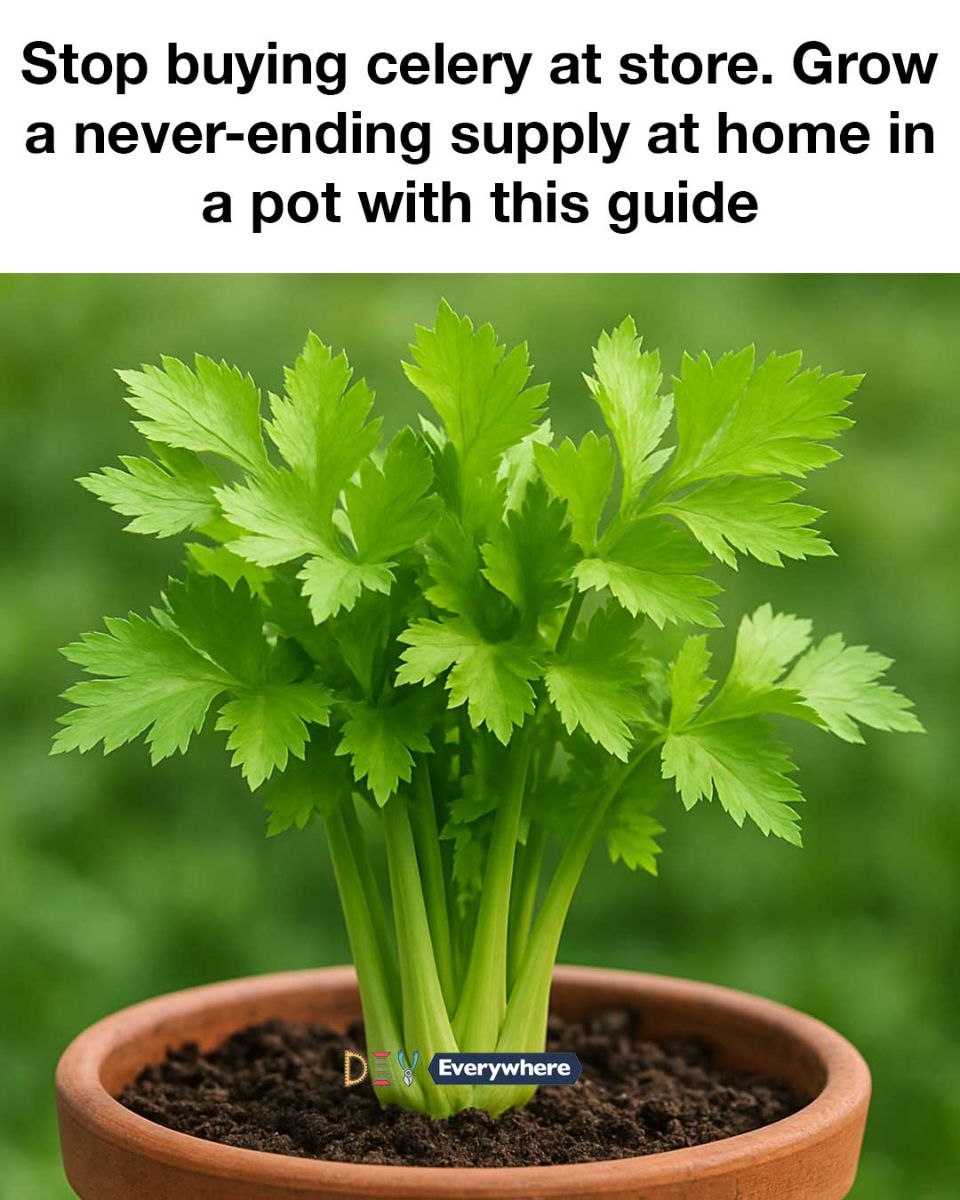Celery requires consistent moisture to thrive, so it’s important to keep the soil evenly moist. Water the plant deeply once or twice a week, depending on the weather and humidity levels. Avoid letting the soil dry out completely, as this can cause the stalks to become tough and stringy.
To help retain moisture, consider adding a layer of mulch on top of the soil. This will also help regulate the soil temperature and reduce the frequency of watering.
7. Ensuring Proper Sunlight and Temperature Conditions
Celery thrives in full sun, so aim to place your pot in a location that receives at least 6 hours of direct sunlight each day. If you’re growing celery indoors, a south-facing window is ideal. If natural light is limited, consider using a grow light to supplement the plant’s needs.
Celery prefers cooler temperatures, ideally between 60-70°F (15-21°C). Avoid exposing the plant to extreme heat or cold, as this can stress the plant and affect its growth.
8. Common Mistakes to Avoid When Growing Celery
One common mistake is overwatering, which can lead to root rot. Ensure your pot has proper drainage and avoid letting the plant sit in water. Another mistake is planting celery too deep, which can hinder its growth. The base should be just below the soil surface.
Additionally, neglecting to provide enough sunlight can result in weak, spindly stalks. Make sure your celery plant receives adequate light to promote strong, healthy growth.
9. How to Harvest Celery for Continuous Growth
To harvest celery, use a sharp knife or scissors to cut the outer stalks at the base, leaving the inner stalks to continue growing. This method allows the plant to keep producing new stalks, providing you with a continuous supply.
Regular harvesting encourages the plant to grow more vigorously. Aim to harvest when the stalks are about 8-10 inches tall, as this is when they are most tender and flavorful.
10. Troubleshooting Common Celery Growing Issues
If you notice your celery stalks are thin and weak, it may be due to insufficient sunlight or nutrients. Ensure the plant is getting enough light and consider adding a balanced fertilizer to the soil.
Pests such as aphids and slugs can also be a problem. Regularly inspect your plant and remove any pests by hand or use an organic insecticidal soap if necessary. Keeping the area around the plant clean and free of debris can help prevent pest infestations.
11. Creative Uses for Your Homegrown Celery
Homegrown celery can be used in a variety of ways beyond the typical salad or soup. Try using the leaves as a flavorful garnish or blending them into smoothies for an added nutritional boost. Celery can also be pickled or juiced for a refreshing drink.
For a unique twist, use celery in stir-fries or as a crunchy topping for tacos and sandwiches. The possibilities are endless, and having a fresh supply of celery at your fingertips allows you to experiment and get creative in the kitchen.
ADVERTISEMENT

